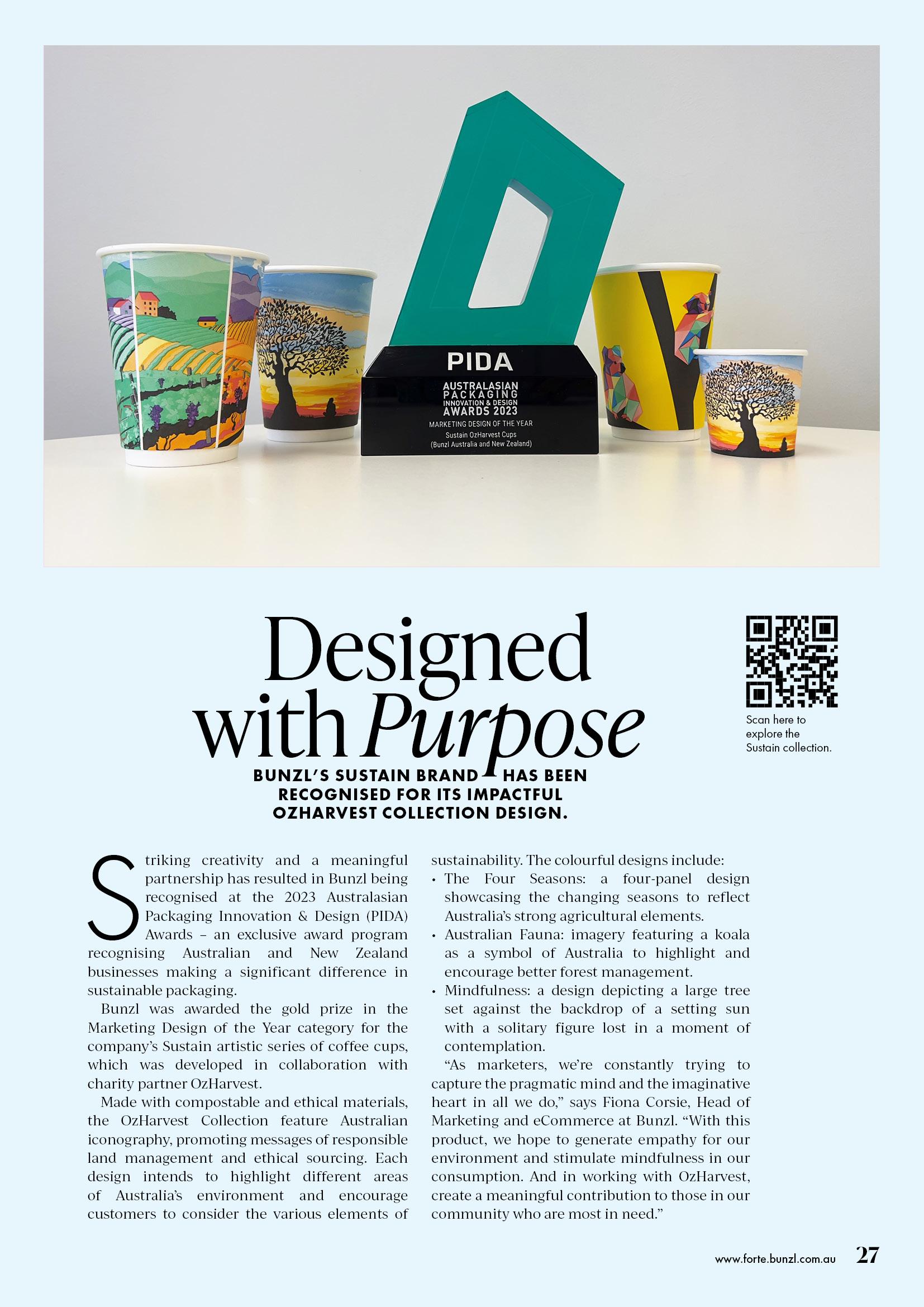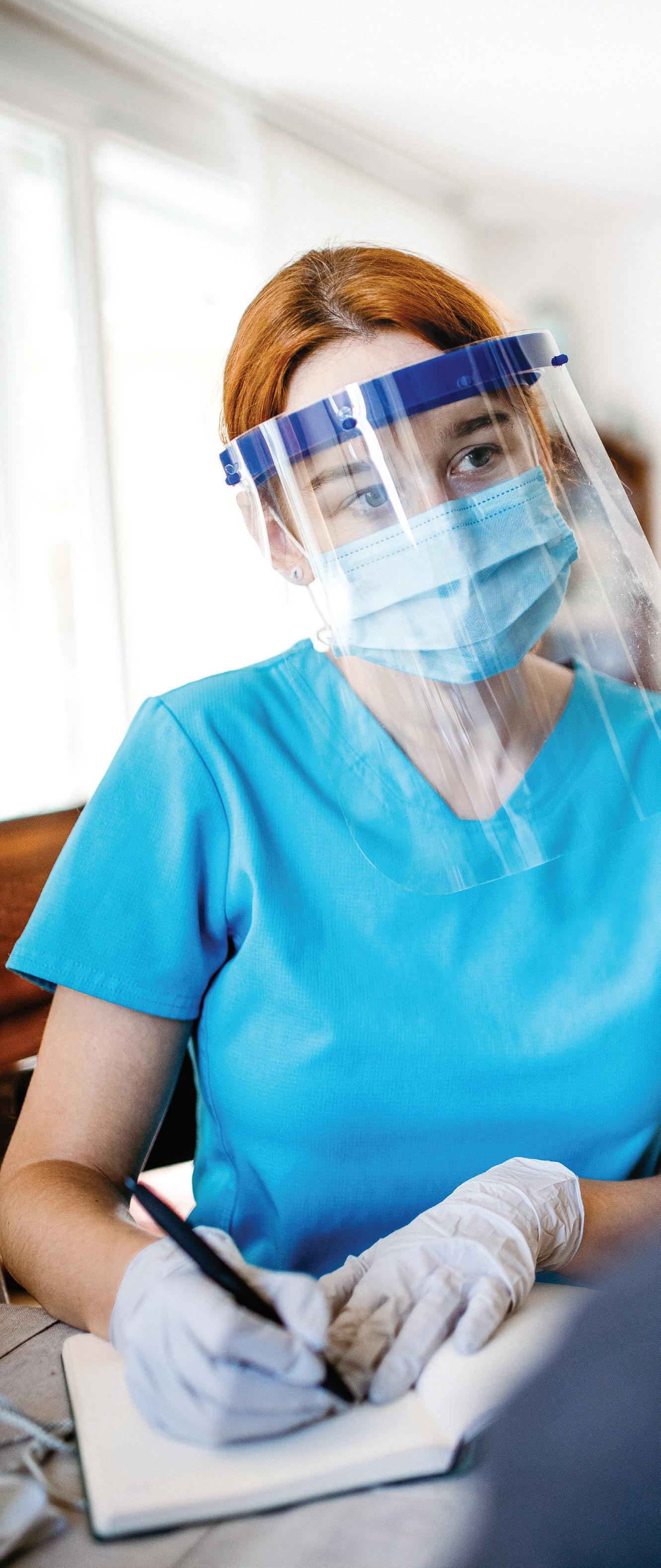
2 minute read
Protective Measures
The pandemic may have made personal protective equipment (PPE) headline news, but for many workers it was already an everyday essential. If you work in healthcare, hospitality or food production, you’ll know that PPE plays a critical role in maintaining health, safety and hygiene, and reducing risk of infection or contamination.
According to Safe Work Australia, it is the responsibility of the person conducting a business or undertaking – the employer – to make sure all employees are supplied with the correct PPE. That includes ensuring that it’s fitted correctly, clean and hygienic, and replaced if not functioning properly. It’s a good idea to conduct regular training for floor staff so they understand how each piece of protective equipment should be worn and used.
Products like gloves, masks, hair nets, shoe covers and beard covers should be at the top of equipment lists for these industries. And certain considerations need to be factored in for each unique PPE. Take face masks as an example; they need to have an effective face seal to both protect the wearer from inhaling germs, and to stop germs escaping from the wearer’s mouth or nose. Badly fitted face masks, or masks that are worn incorrectly, are going to fail at the basics of protection. The same applies for ear and eye protection. >
Quality options for your business
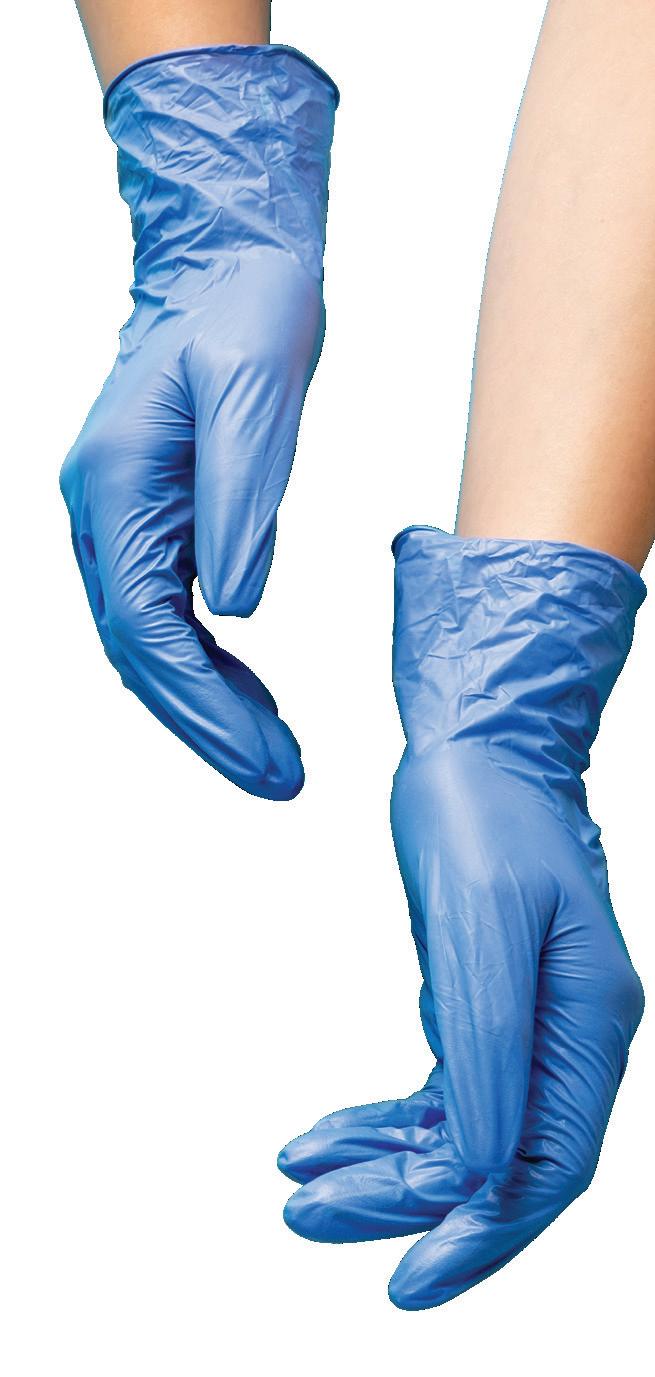
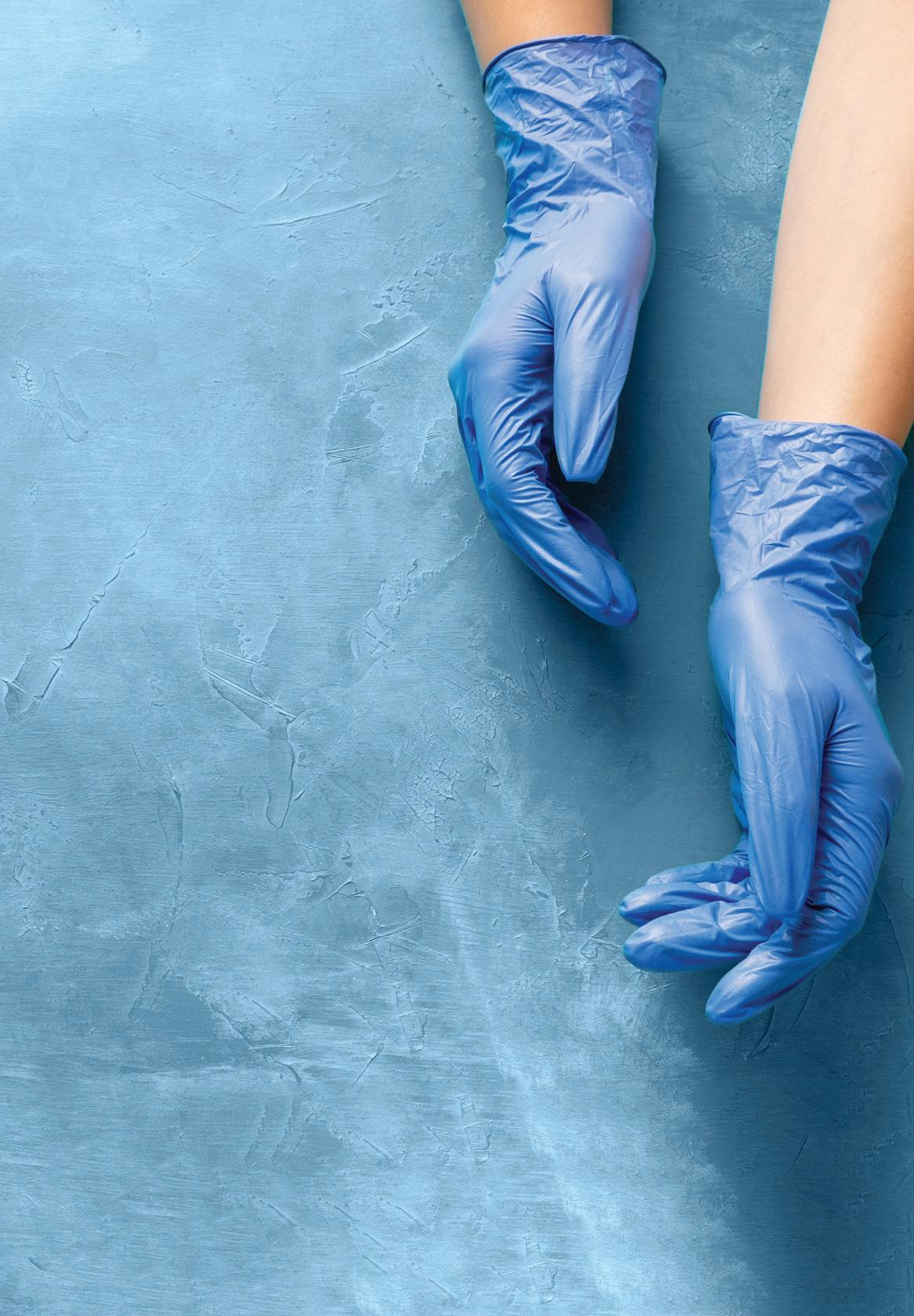

Sustainable Packaging Solution
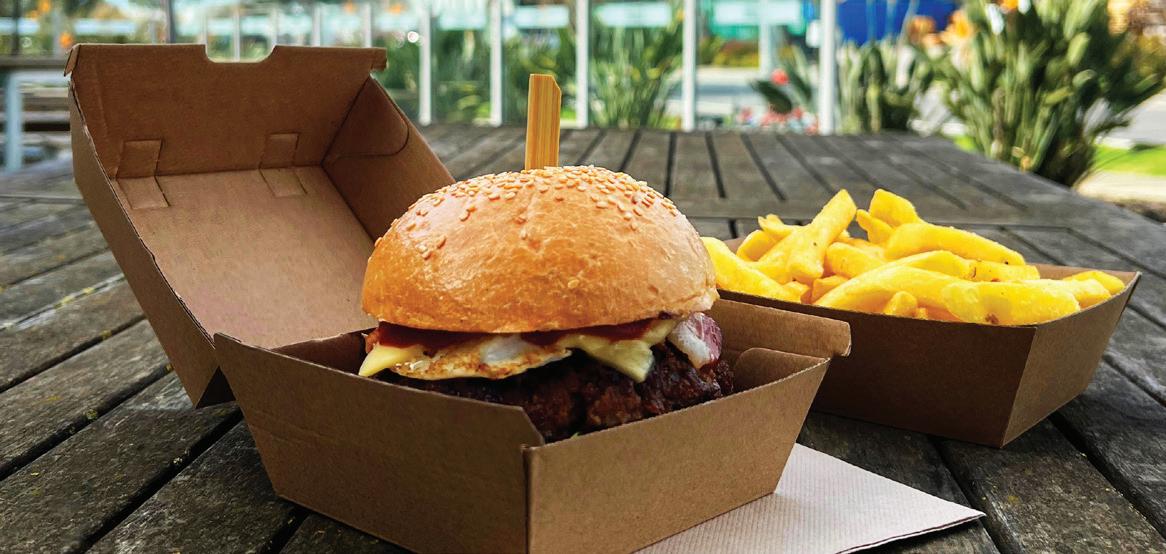
The correct fit is everything, so it’s worth fit-testing these items with staff so they have the confidence to trust the PPE will keep them fully protected.
When it comes to infection and contamination, gloves and handwashing are especially pertinent. In food production and service, the Food Standards Australia New Zealand (FSANZ) Food Standards Code insists workers with cuts or bandages on their hands must wear gloves. Anyone working with ready-to-eat foods should also always wear gloves – with the vinyl variety likely to be the best choice.
Clear communication and easy-to-follow instructions are key. Talk to your staff about correct PPE usage, implement consistent training and display straightforward visuals, like the PPE infographic below, so there’s no ambiguity around safe and hygienic measures in the workplace.
How to fit PPE correctly
Your checklist to using and wearing PPE in the right way.
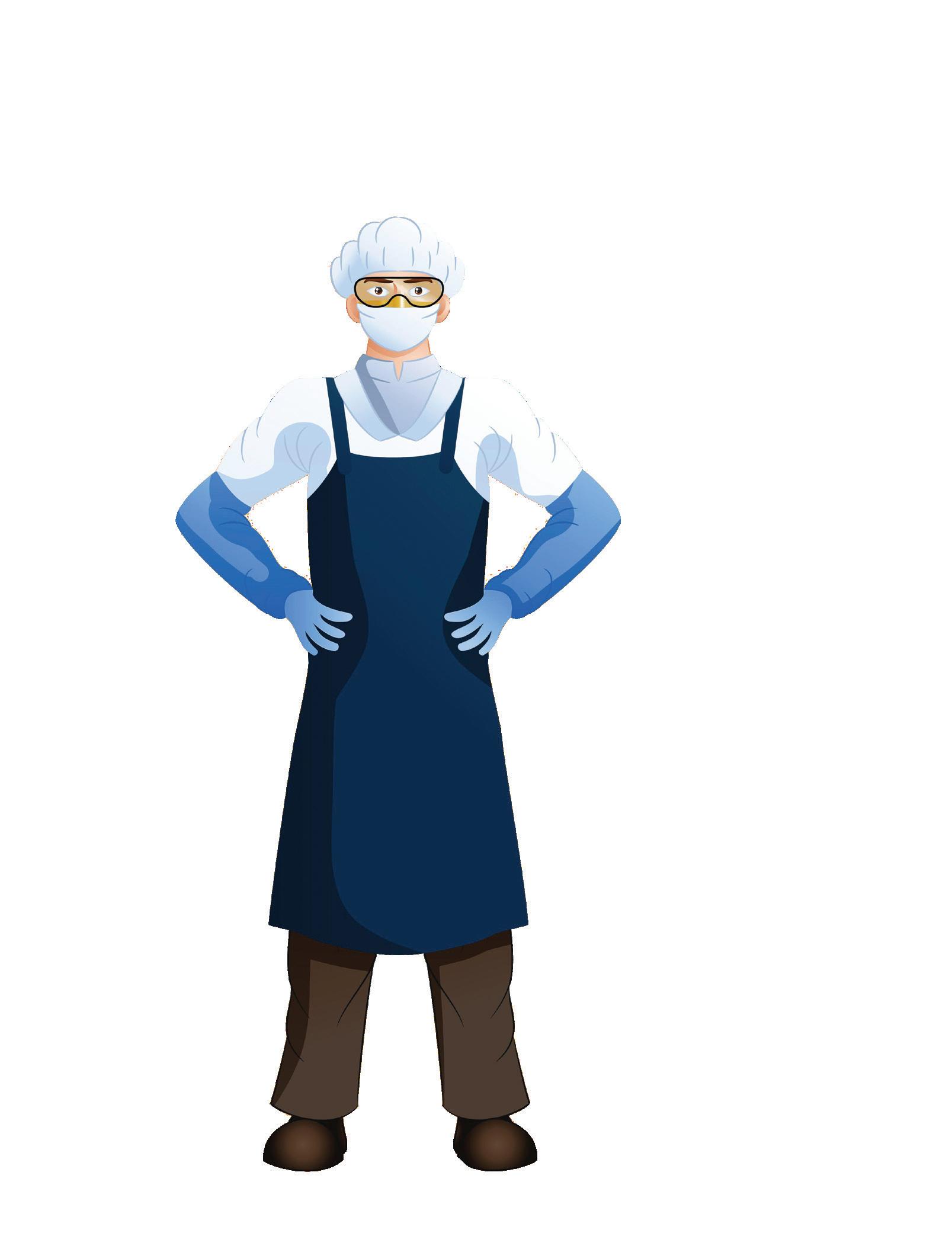
Scan here for Premier’s extensive range of PPE.
Masks Hair nets
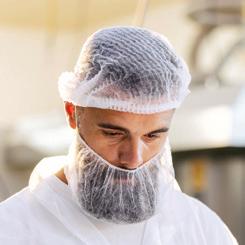

Essential in healthcare
Essential in food processing
Does it fit tightly?
Does it fully cover your mouth and nose?
Can you tighten the straps so there is an air seal against your face?
Gloves
Depending on your working environment, choose:
Vinyl gloves for food preparation
Nitrile gloves for healthcare or cleaning
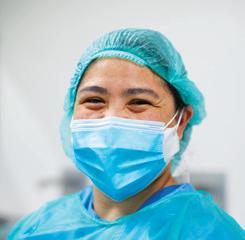
Are they a snug fit?
Do you have the ability to change them frequently throughout the day?
Does it fully cover your head and stop any loose hair from escaping?
Is the material lightweight and breathable?
Beard covers
Essential in food processing
Does it fully cover your beard and stop any loose hair from escaping?
Is the material lightweight and breathable?
